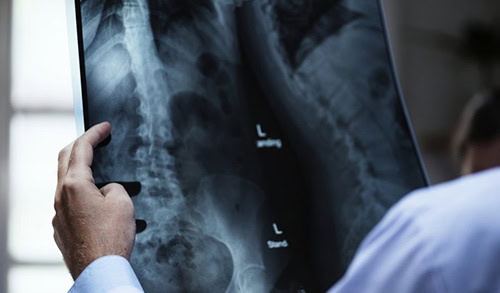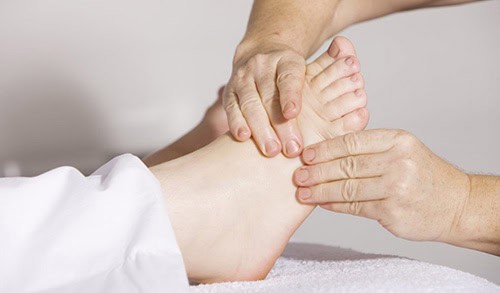2018 年 4 月 19 日
-2 分钟阅读
6 Effective Ways To Prevent Bone Density Loss
分享:
这篇文章对您有帮助吗?
2018 年 4 月 19 日
-2 分钟阅读
6 Effective Ways To Prevent Bone Density Loss
文章和视频
了解有关 的更多信息Columbia Asia
了解更多分享:
这篇文章对您有帮助吗?
2018 年 4 月 19 日
-2 分钟阅读
Our bones may seem like hard and lifeless pieces of mass made up of collagen and calcium, but in truth, bones are living, growing tissues with blood supply and with an active metabolism. Just like how our skin cells go through a renewal process, our bones too go through a process called resorption, where old bone is broken down and new bone is formed. Bone density loss happens when more bone is broken down than is added to the skeleton.
Age is one of the factors that determine the speed at which your bone breaks down and new bone is formed. Bone formation is most active during childhood and teenage years, and then most people reach peak bone density at around age 30. After that bone resorption gradually exceeds new bone formation, which explains why many women are faced with brittle bones as they age. However, a diagnosis of osteoporosis might indicate that you’ve actually had low bone density all your life!
All is not lost. There are steps that you can take starting now to prevent bone density loss. Dr Sidik Che Kob, Consultant Orthopaedic, Trauma & Arthroscopy Sports Surgeon from Columbia Asia Hospital – Klang, shares practical tips on how to strengthen your bones.

Get started on a calcium-rich diet that includes salmon, sardines, dark leafy greens, broccoli, almonds, dried figs, fortified tofu and soy milk. Taking calcium supplements with vitamin D may be beneficial too.

To boost bone strength, try exercises that compress the bone. For example, running, jogging, high-impact aerobics, repetitive stair-climbing, dancing and playing tennis.

If you consume more than 3 ounces of alcohol a day (that’s roughly six drinks), you could experience more bone loss than those with minimal alcohol intake.

Smoking increases the risk of osteoporosis because it reduces blood flow to the bones, slows down the production of bone-forming cells and impairs calcium absorption.

See your physician about a bone density screening. A simple X-ray test called the DXA test, measures bone mineral density and helps determine risks of osteoporosis and fractures.

Consider osteoporosis treatments such as hormone therapy to increase waning estrogen levels. Low estrogen levels are linked to bone loss. This can cause hip and spine fractures.
This article first appeared in Women’s Weekly, 28 March 2018
分享:
这篇文章对您有帮助吗?
2018 年 4 月 19 日
-2 分钟阅读
分享:
这篇文章对您有帮助吗?